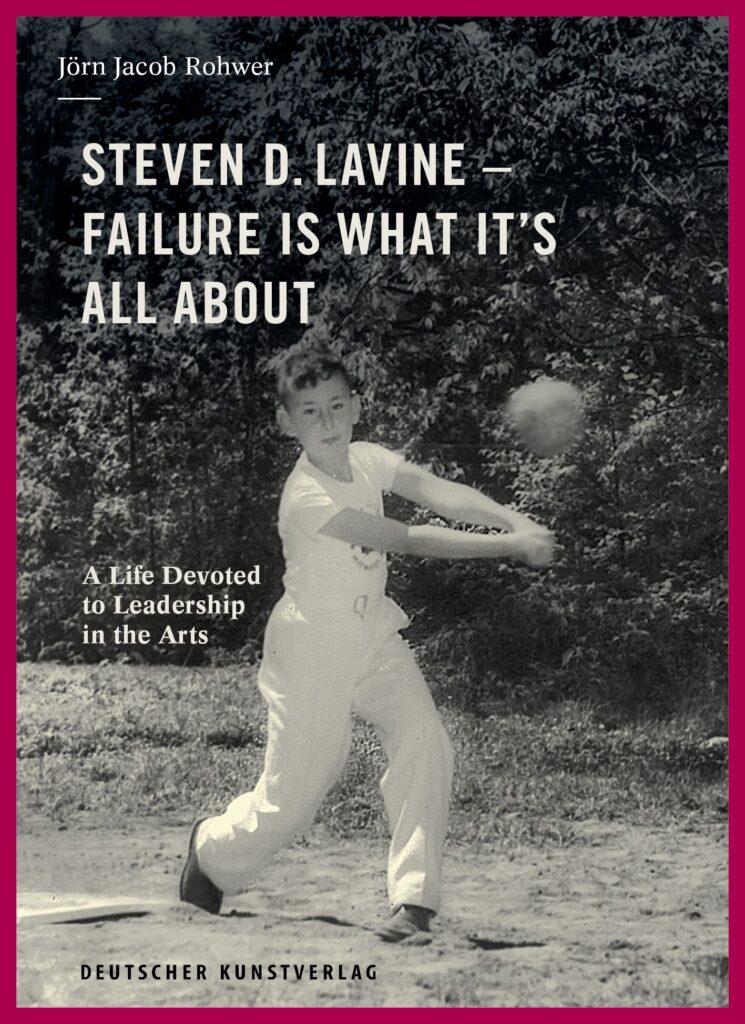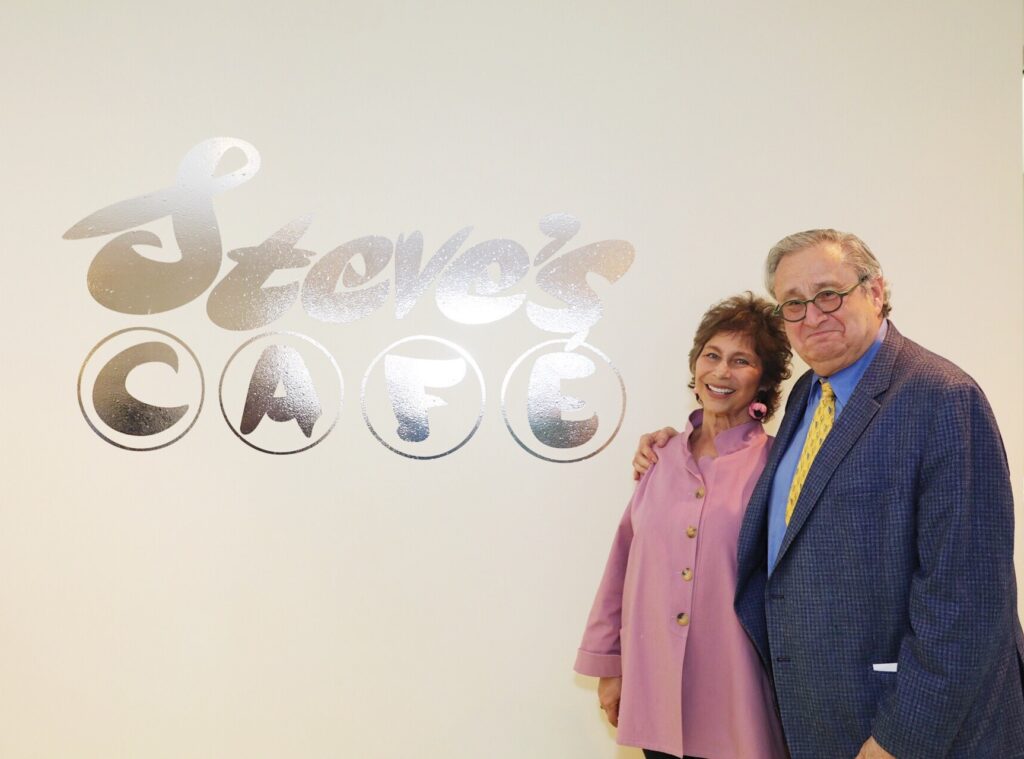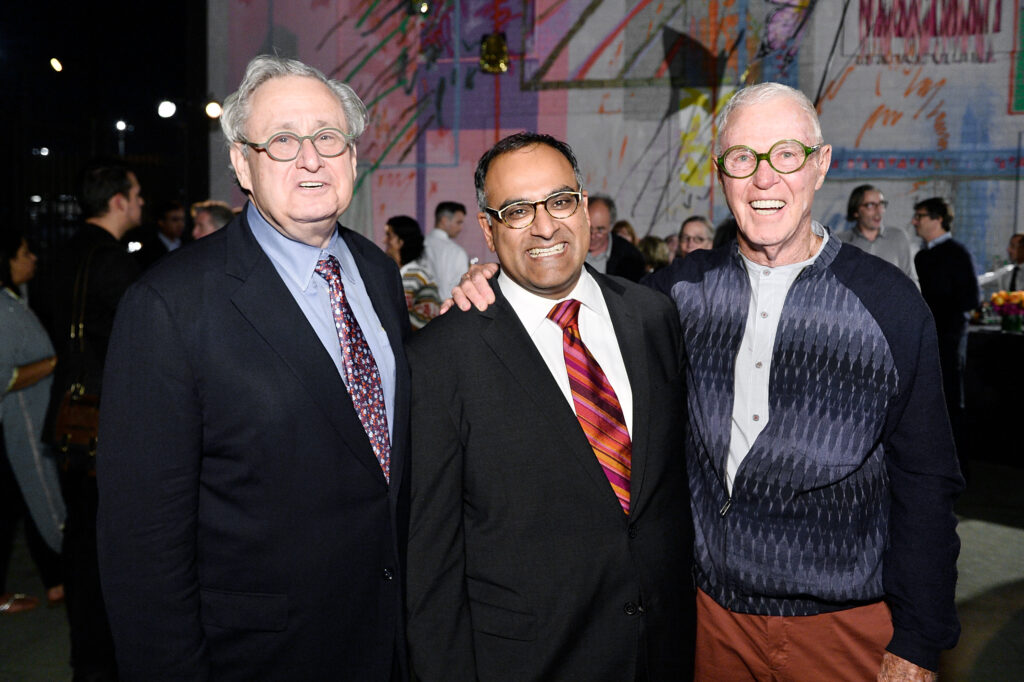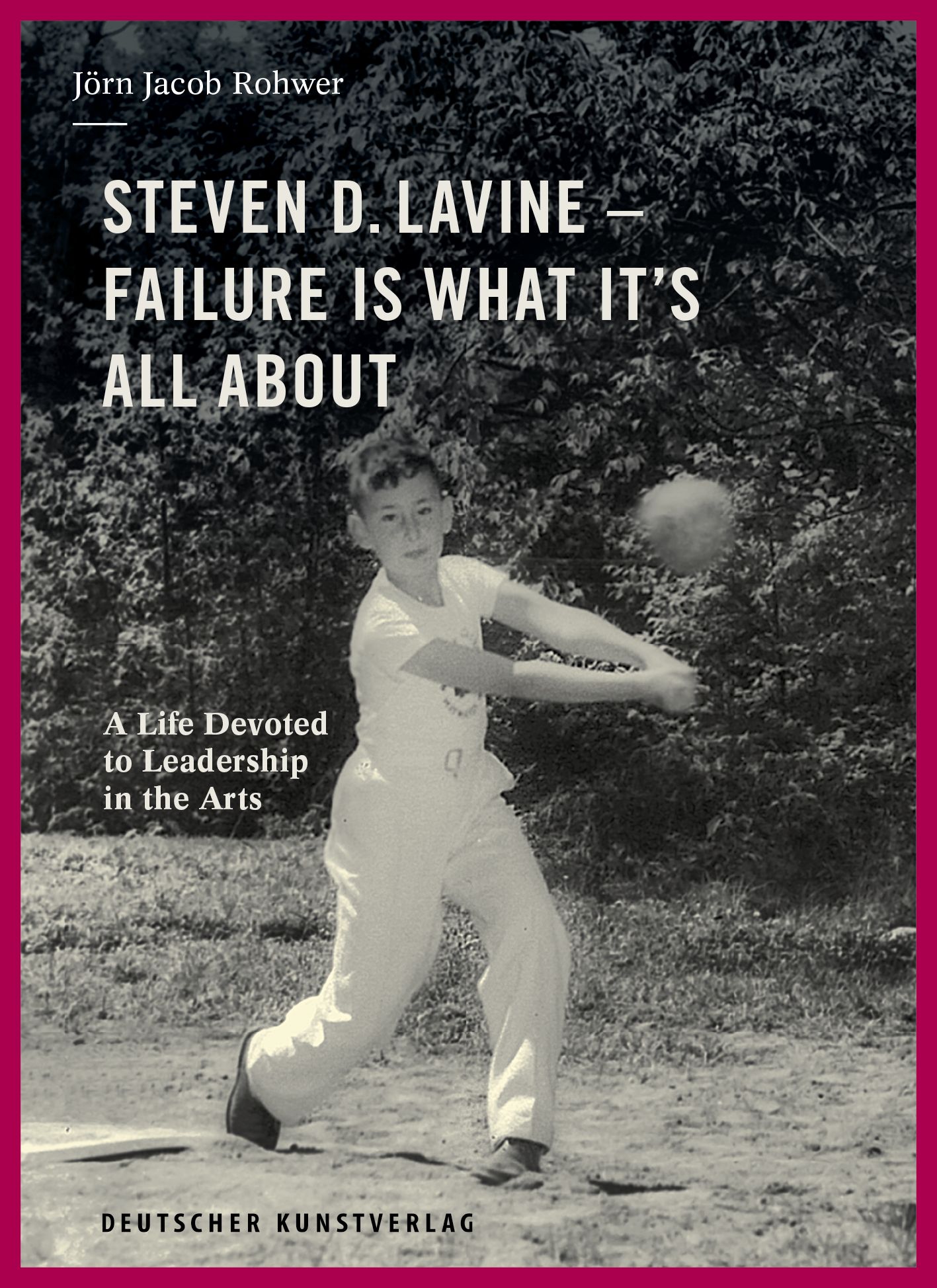To many of you in the art world, Dr. Steven Lavine needs no introduction. Having served as the president of the California Institute of the Arts (CalArts) for 29 years, Dr. Lavine’s transformational and indeed legendary tenure speaks for itself.
Dr. Lavine has also served, at various times, on the boards of the American Council on Education, the American Council on the Arts, the Los Angeles Philharmonic Association, the Operating Company of the Los Angeles Music Center, KCRW-FM Public Radio, KCET Public Television, the Idyllwild Arts Academy, the Villa Aurora Foundation for European American Relations, and the Visiting Committee of the J Paul Getty Museum.
To add to that impressive record, Lavine is currently the Chair of the Los Angeles Advisory Council for the Thomas Mann House in Los Angeles, a Board member of the Los Angeles Review of Books, the American University in Rome, and the Cotsen Foundation for the Art of Teaching. Lavine has been consulting with not-for-profit organizations including, among others, the Children’s Defense Fund Los Angeles, the Rand Corporation (a not for profit global policy think tank) and the Otis College of Art and Design. He has been honored with the Cross of the Order of Merit of the Federal Republic of Germany, and Mexico’s Othli Award.
Throughout a career spanning four decades, Dr. Lavine has emerged as one of the most iconic and compelling artistic, educational, and community leaders in the United States.
The Art Collector was privileged to be able to ask Dr. Lavine several questions surrounding the publication of a book on his life’s works, titled Steven D. Lavine — Failure Is What It’s All About in an interview which we have split into two parts. Read part two here.

How has failure shaped your life?
My mother was a competition-winning pianist who had neither the financial support nor the self-confidence to pursue the concertizing career for which she had prepared. As I grew up, she was perpetually dispirited because she was not living the life for which she aspired. Late at night, I would hear her playing big fistfuls of notes from Tchaikovsky and Rachmaninoff and crying because she could not play as well then as when she was younger. For me, this became a double immersion in failure because I grew up fearing that I would end up defeated like my mother and because as a child I felt it was my responsibility to cheer her up, a task at which I failed.
Joern Jacob Rohwer’s new book, Steven Lavine: Failure Is What It’s All About—A Life Devoted to Leadership in the Arts, is in substantial measure about how this fear of failure shaped my life, until that fear was moderated by my success over three decades as president of the California Institute of the Arts (CalArts), and especially in rebuilding after the Northridge Earthquake did $40 million in damage to our campus and shut it down for a semester. I also came to understand during the month of conversations with Joern, which are the basis of the book, the extent to which my fear of failure drove my approach to education, i.e., encouraging students to undertake work beyond their current abilities while helping them to understand that failure is an inevitable step on the path to artistic creation and a successful life. This childhood experience of failure also drove me to try to ensure that every student was given the best possible start on the path to a successful life in the arts.

How has Failure shaped the Arts?
Failure and success are pretty much equal forces in most artists’ careers. You make a work. It doesn’t live up to what you intended, or it doesn’t feel quite right, so you go on to remake it or make another work and so on through life. You can see this pretty clearly across all the arts, whether in Picasso’s drive toward cubism and then beyond cubism or in the notebooks of Beethoven who could spend years working toward the full realization of themes of one of his symphonies.
Some version of success along the way is, of course, vital as encouragement to go on. Taking a broader view, one can see this dynamic in the relation between one generation of artists and the next generation. The very success of one individual artist or generational style is what makes it essential for the next generation to decide that, wonderful as their predecessors were, their predecessors’ work fails to meet present needs and conditions. Without this dynamic, there would be no need or place for the next generation’s work.
To art students, the world can look already overfilled with older artists. At graduation, I used to tell them that every generation of artists fails to meet the concerns of the next generation, and so there is always the absolute necessity for new artists to emerge.

Do you collect?
I used to collect, in a modest way, beautiful historically significant maps, chiefly from the 16th through 18th centuries but I don’t any longer. As a child growing up in rural Wisconsin, I was fascinated with the facsimiles of important historical maps that came with one of my father’s medical magazines, even though those maps were embossed with pharmaceutical advertisements. Part of the lure of those old maps for a young boy was the promise they offered of the larger world out there. Later in life, though I never became a deeply committed collector, I found myself purchasing the real thing, maps and city views chiefly of places I loved such as Mastricht, Rome, Andalucia, Lake Como, etc.
Once I got to CalArts, I stopped collecting, although there were wonderful opportunities for acquiring the work of faculty, students, and recent graduates. I remember particularly one of faculty member Charles Gaines’s tree images, which both my wife, the writer and photographer Janet Sternburg, and I loved, and also seeing early pasted paper paintings of Mark Bradford, which were immediately compelling. Three forces worked against my collecting their work. First, as president it did not seem right to openly prefer one faculty member or one student’s work to all the others to whom and for whom I was responsible. Second, CalArts from its beginning resisted collecting for the institution on the grounds that the walls must always be kept completely available for current and future generations of students. And, finally, my wife is a brilliant and thoroughly original photographer, producing one powerful image after another. Any need to have new images as stimulation in my life was and is absolutely fulfilled by her work.

What do you think will be the most important issues in the philanthropic sector in the next 15 years?
As I suggested before, the number and level of unmet needs are escalating in tragic ways (which is a direct result of more and more of a nation’s wealth being consumed by a very few individuals). To me, the most important issues now and over the next 15 years will be: (1) the development and implementation of policies to moderate the poverty and social damage caused by current trends in capitalism: (2) the promotion and support of human rights and democratic government: and (3) stopping the destruction of our physical environment and slowing the rate of climate change. These priorities are really aspects of the same issue. With a few people and corporations collecting huge wealth, poverty grows, wealthy individuals and corporations end up influencing apparently democratic governance for their own benefit, and those wealthy individuals and corporations too often fight the economic and policy changes that would limit global warming because they fear those changes will interfere with the investments that are generating even greater wealth. These large social and political issues directly affect the lives of independent artists as they do the lives of other kinds of workers, and they influence as well the possibilities of arts organizations of all kinds.
Do you have any 2021 project?
My key project at the Thomas Mann House for 2021 is to help build artists and activists into all the House’s activities. Scholars and journalists make invaluable contributions explaining what has been and diagnosing what is, but they are not trained to imagine a different future. Artists and activists, because they are geared to act and imagine now, even if all the evidence is not yet in, can play an essential role in helping to figure forth a better future. If we could bring artists and activists together with scholars and other thinkers about contemporary issues, something wonderful and compelling might emerge.
I also will continue the pro bono and paid consulting I have been doing in recent years with not-for-profit organizations involved in the arts, education, and social welfare. I like the balance of the more high flying thinking at the Thomas Mann House with the immediately practical work of these not-for-profits, which surely have an important role in ameliorating what is and helping to lead us toward that more just and equal future. I will, of course, be spending some time promoting Joern’s book, Steven D. Lavine-Failure Is What It’s All About, which reveals much of what I have learned about effective arts education and leadership. And finally, I hope to contribute in a meaningful way to the progressive movement that is growing in the United States and must be a central force in revitalizing American democracy.

Read part two here.



 Saving...
Saving...
1 Comment
Add Yours[…] The Art Collector was privileged to be able to ask Dr. Lavine several questions surrounding the publication of a book on his life’s works, titled Steven D. Lavine — Failure Is What It’s All About in an interview which we have split into two parts. Read part one here. […]